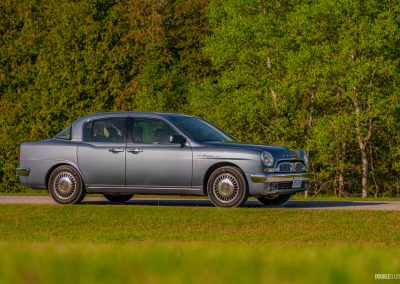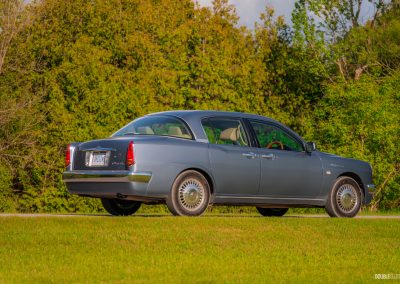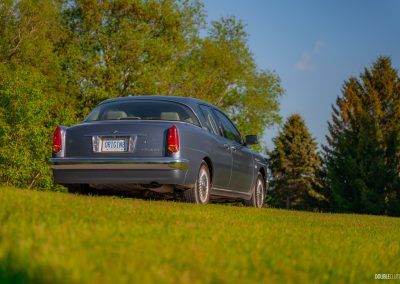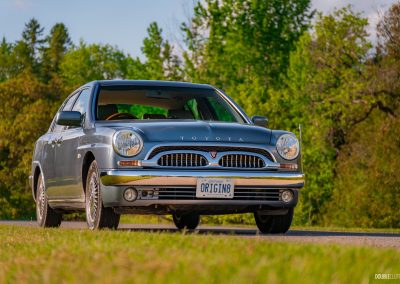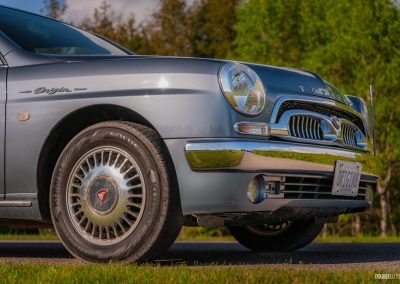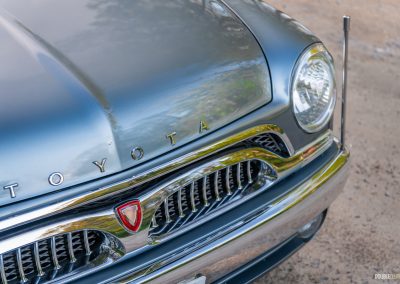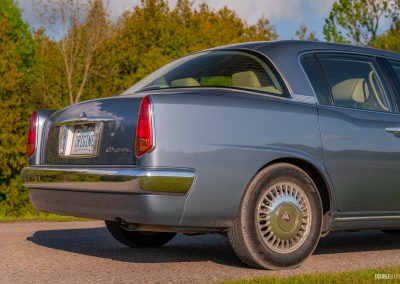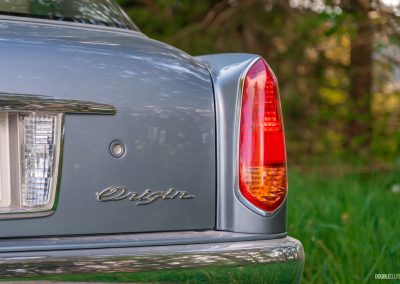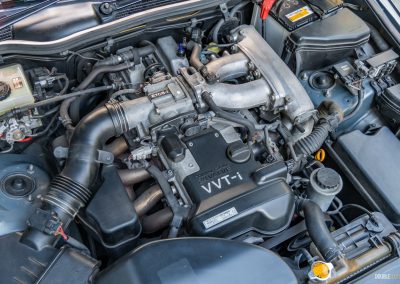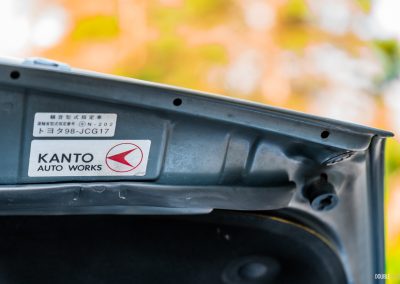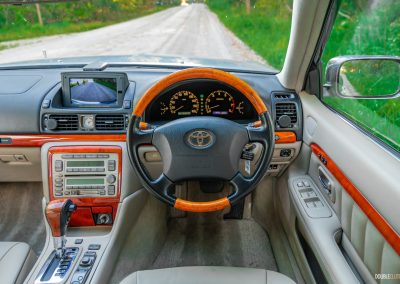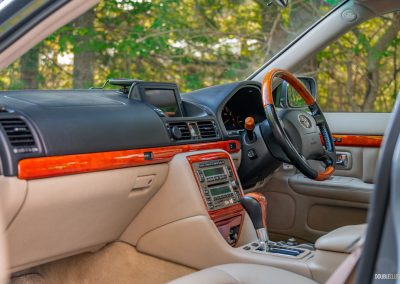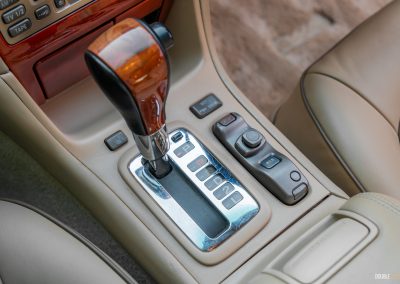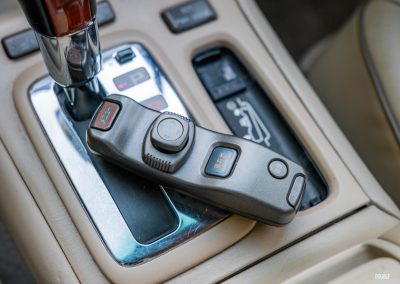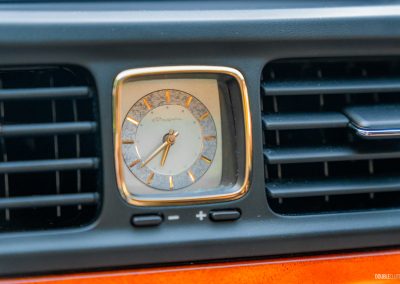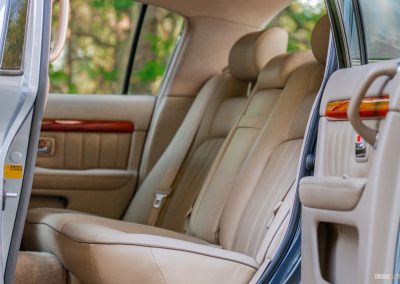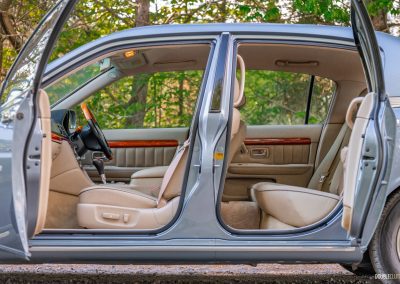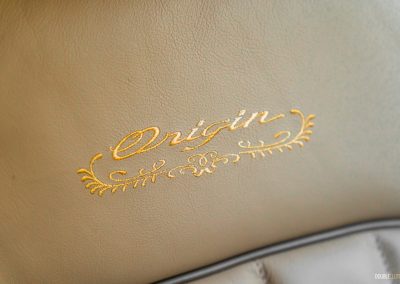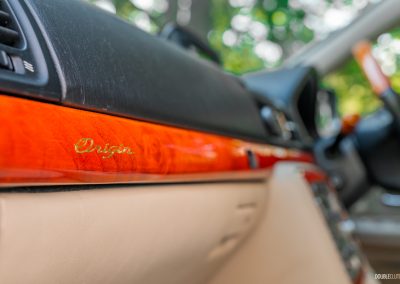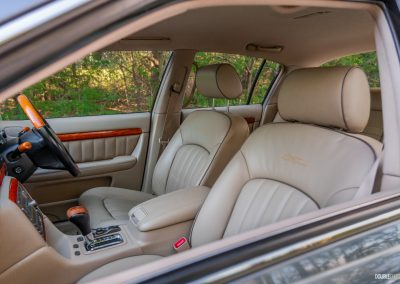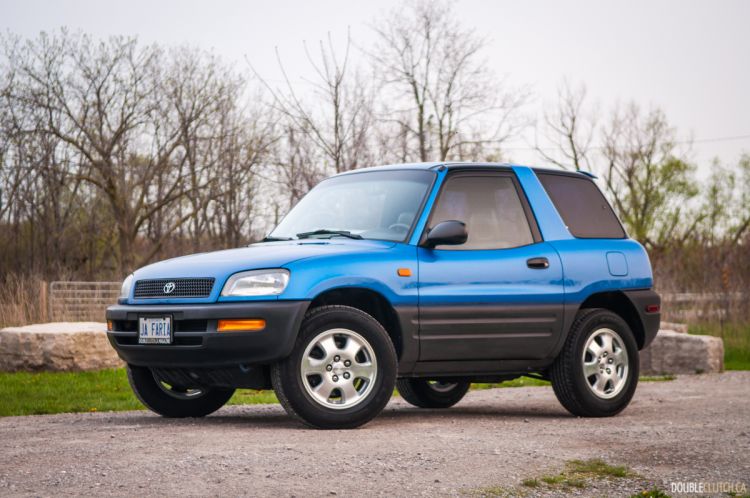Think of any special- or anniversary-edition version of a car. With few exceptions, it is—and always been—a very mild cosmetic package. Badges, mostly. Maybe some unique paint, and perhaps even some nicer wheels if you’re lucky. Rarely is a special edition anything more than makeup and a markup, but this particular car is a very different automotive anniversary celebration.
Rather than badges and paint, this anniversary-edition car has a completely different body. Setting up and tooling a production line for a limited-run body shell is grotesquely inefficient and expensive, so production was outsourced to a small coachbuilder, where they’d be put together by hand. Wildest of all is that this isn’t some pre-war Rolls Royce where outsourcing bodies was common; this was just at the turn of the millennium, and it was carried out by Toyota of all companies. Need I remind you this is the same Toyota that strives to avoid inefficiency and unnecessary expense at every step?
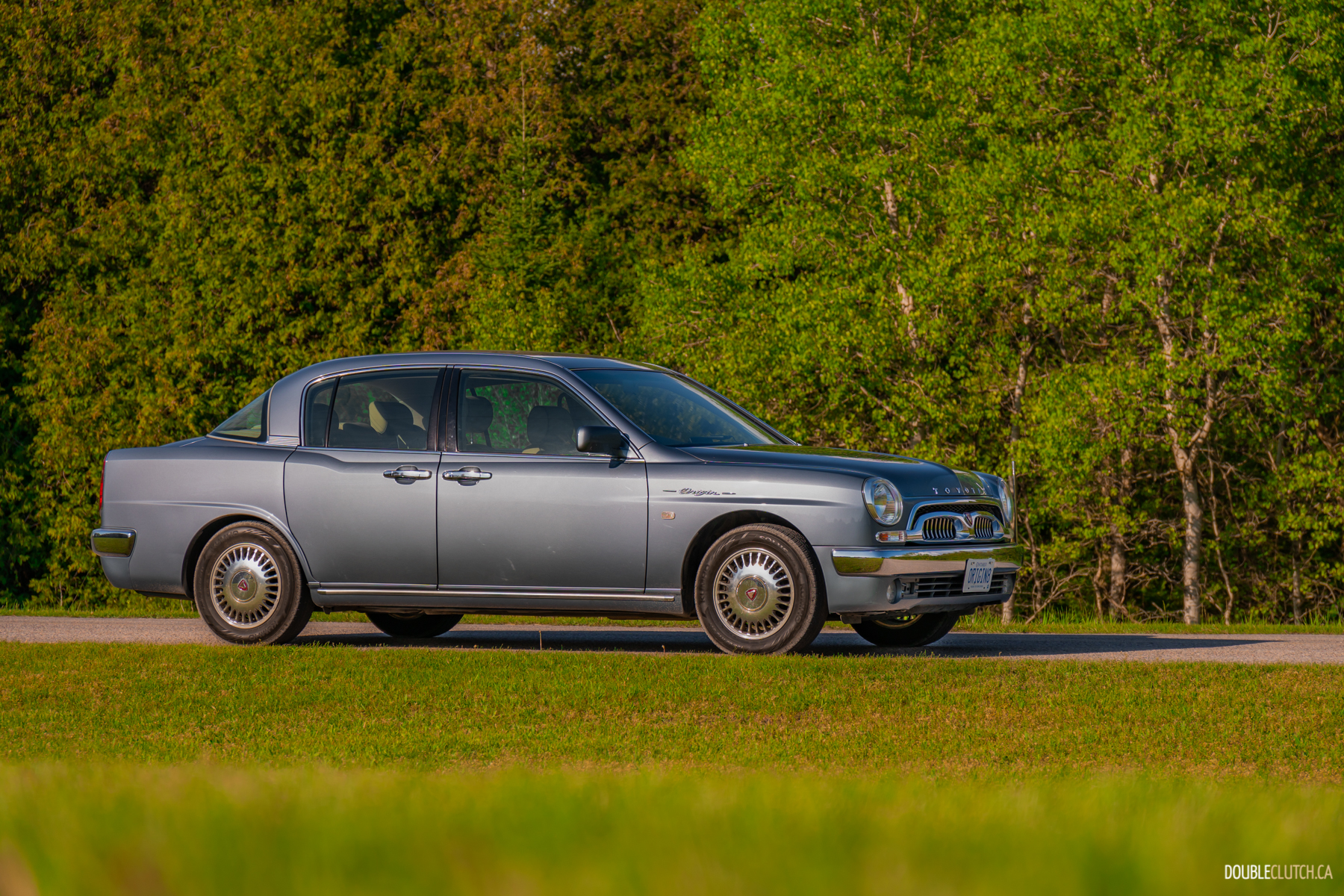
This gets better: they didn’t tell anyone about it. There was no advertising. No price hikes. No market adjustments. No flipping. Toyota was just going to quietly crank out 1,000 examples of these and let the cards fall as they may, to be appreciated only by those in the know. In other words, a typically Toyota-modest celebration. When Toyota commits to an idea, they really commit. This car—this idea—is the 2000 Toyota Origin.
The Origin was commissioned to celebrate the original Toyota Crown. It’s a nameplate we’re only just getting reacquainted with, but it’s been the pride of Toyota since 1955. This car was meant to be an homage to that trailblazing original. Bear in mind at this point, the Volkswagen New Beetle and Chrysler PT Cruiser were already selling faster than they could be built, at least in the west, so the precedent for retro-modern cars had been established to a certain extent.
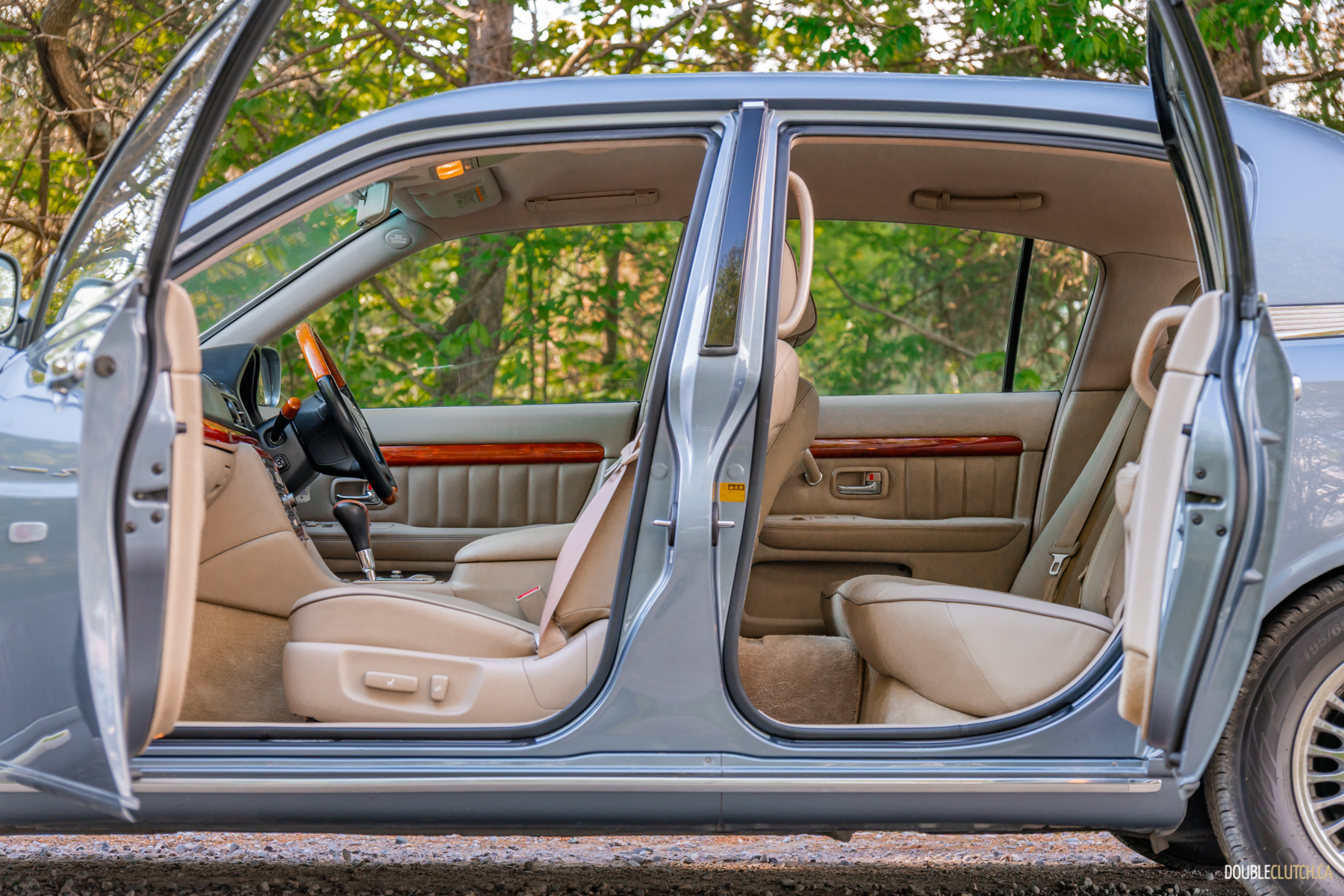
It was based on the Japanese-market Progrès sedan, which shared a platform and powertrain with the Lexus IS 300 that we’d be more familiar with. Toyota didn’t skimp on the classic design cues, making the Origin’s age almost impossible to place. The fascia is very 1950s with its big chrome grille, but the soft lines modernize the car a bit, and then the wraparound rear window brings it back in time, and the suicide doors are a wild party trick in any era. No matter how you slice it, the Origin looks and feels the part.
The big Century has long since stepped in as Toyota’s flagship limo. But the Origin—true to its own origin—bears about the same dimensions as the Crown it pays homage to. Its bespoke rear-opening doors really add to the flagship and retro feel of the car, too. Beyond making it ergonomically easier to access the rear seat, it feels so much more special. That’s what a car like this is all about.
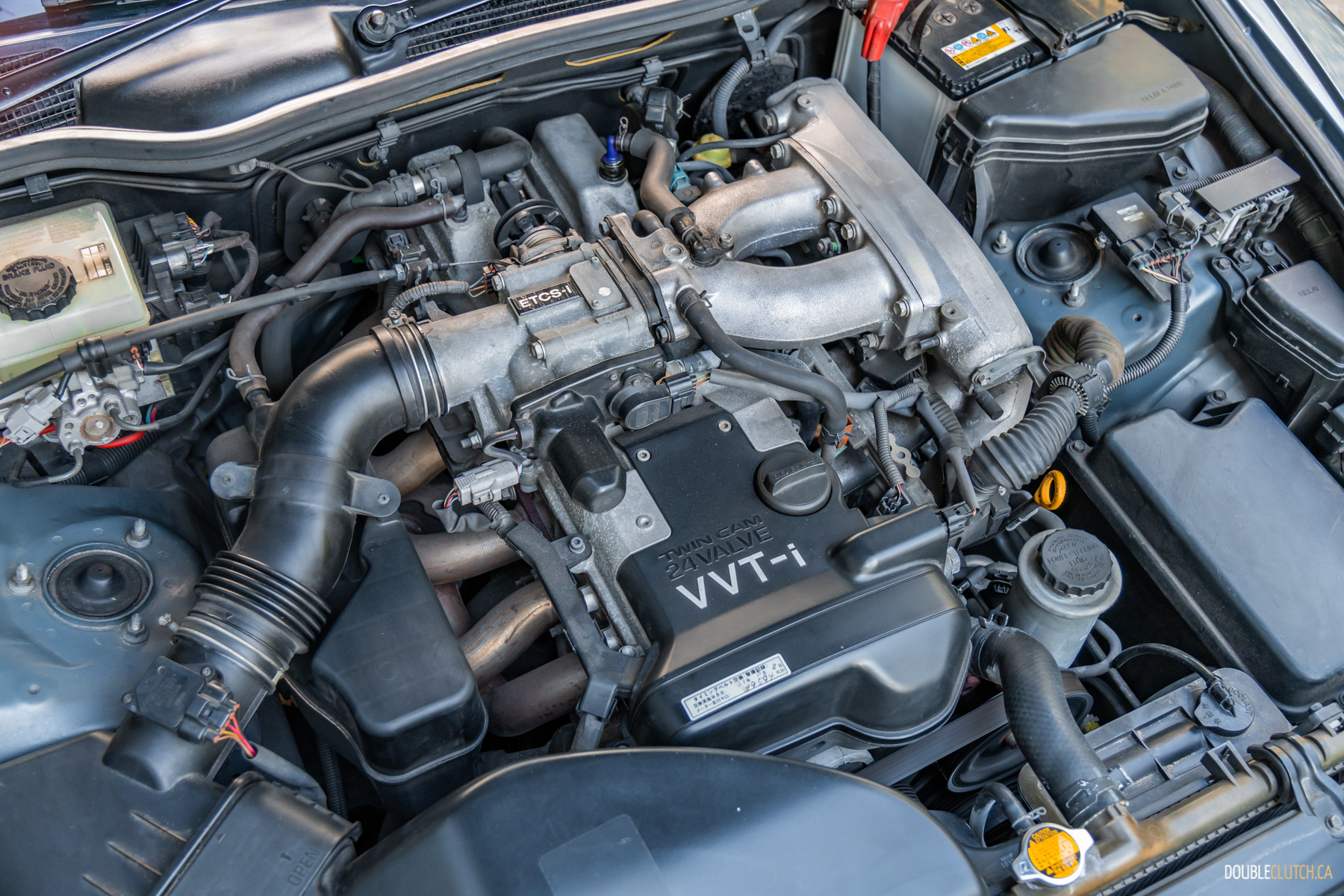
The drive won’t set your hair on fire, or even raise your heart rate. But that’s fine, it was never supposed to. There’s no pretense of sportiness here, like the IS 300. The Origin is supposed to feel serene and slick like the Crown, and using Toyota’s 2JZ straight-six engine—without turbos here, for obvious reasons—it feels right. Straight-sixes, like the one used in the original Crown, are inherently smooth. The mechanical configuration cancels out secondary and tertiary vibrations, leading to a silky feel that’s regaining favour as of late. Beyond the engine, the Origin is softly sprung is well-insulated; it’s nothing if not serene.
The Origin was also fitted with features unique to Japanese-market cars at the time, including a very early navigation system, and even a literal TV with a remote. But more than that, the details and craftsmanship that went into this car is remarkable. The beautiful embroidery on the soft leather seats were performed by hand. The immaculately finished red wood trim is accented with gold inlays.

Outside, those retro tail fins weren’t stamped—they were hammered out by hand at Kanto Auto Works, the same contractor that Toyota trusted to build the magnificent Century. I say contractor, but it’s a disservice to the calibre of work they do. Kanto is one of the last classic coachbuilders on earth. Details you’d expect from million-dollar, coachbuilt cars are all over this thing.
This 2000 Toyota Origin is a curious homage to the Toyota’s own Crown. I don’t think something like this would ever be allowed to exist today, simply because it doesn’t make a lick of sense. It’s a product of a time and a place; a callback to another era that would allow a limited-run, hand-made homage to exist. It’s beautiful for that reason alone.

